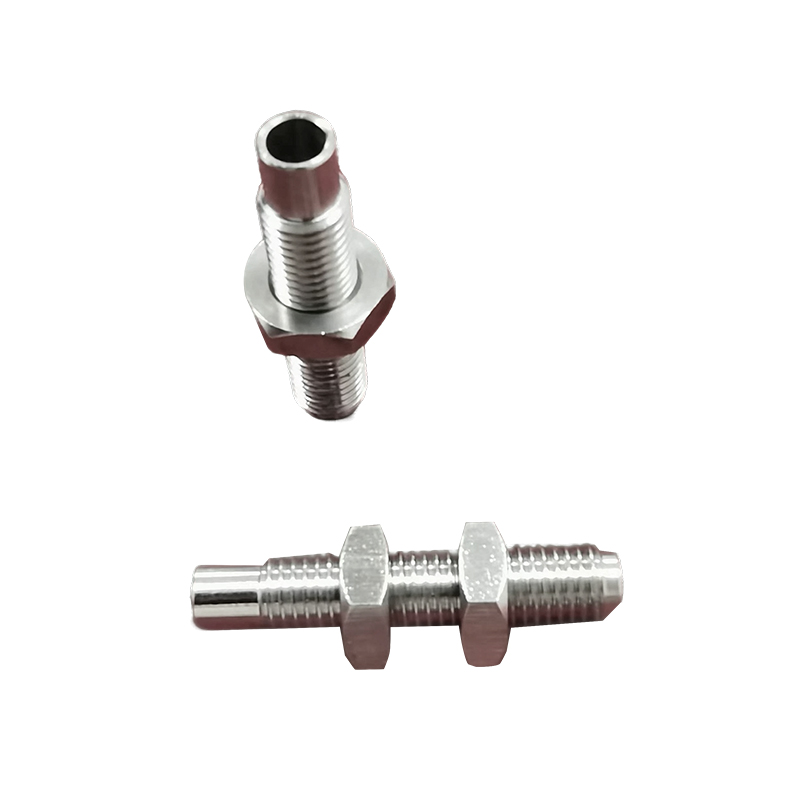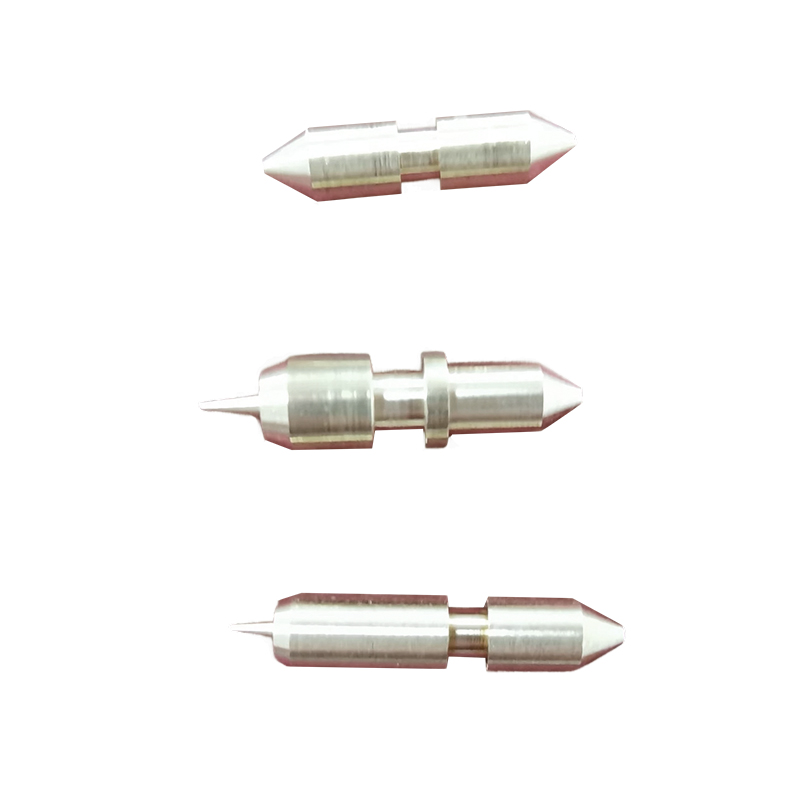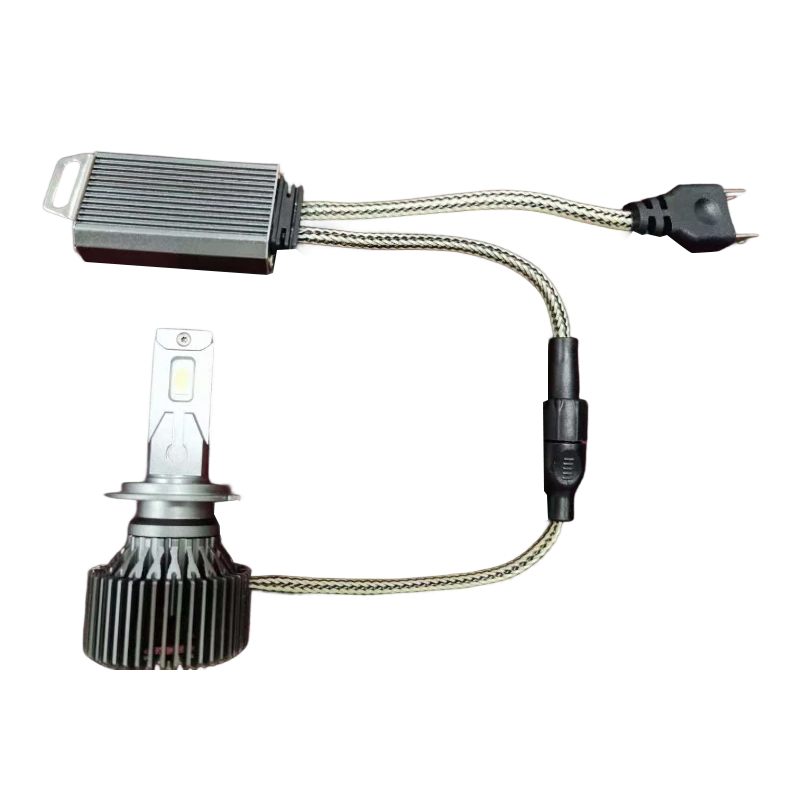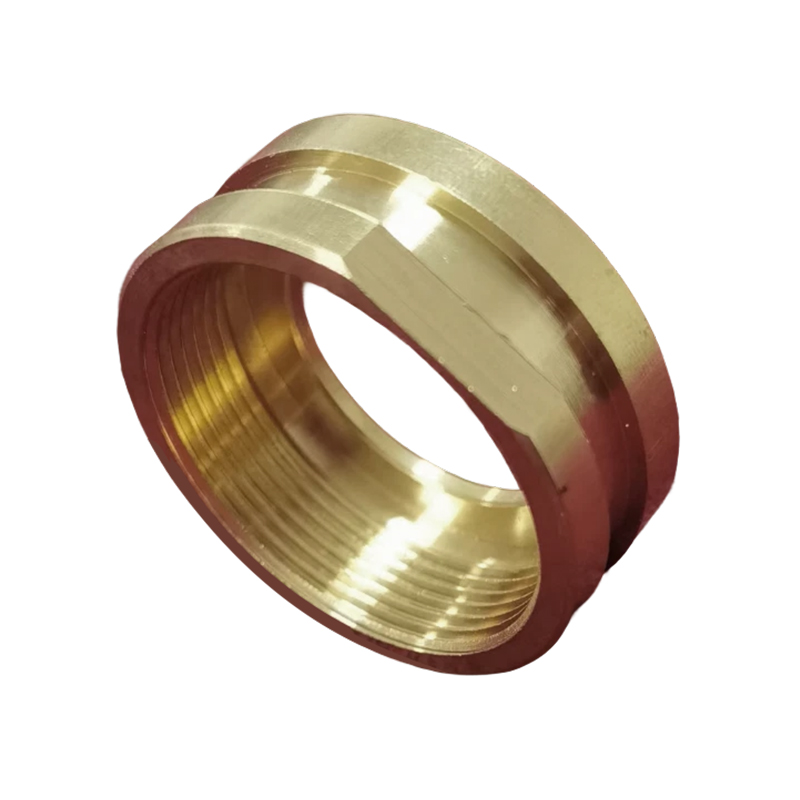Stainless steel screws play a crucial role. Their material advantages are not only reflected in physical strength, but also in corrosion resistance, thermal stability, and electromagnetic compatibility, providing a solid guarantee for the long-term reliab
- +86-13726037808
- w6157496@126.com
- 1st Floor, No. 5 Xiaoyang Road, Tanzhou, Zhongshan City, Guangdong Province







